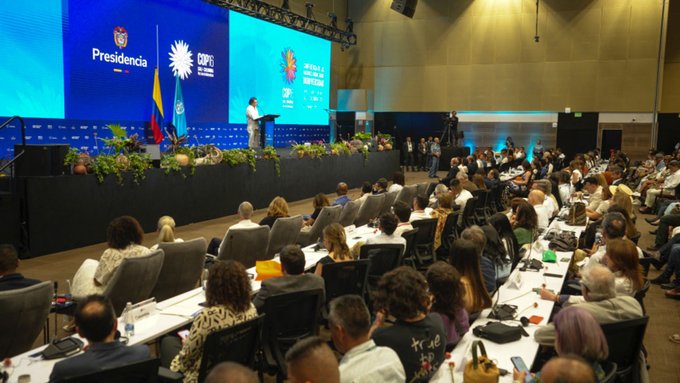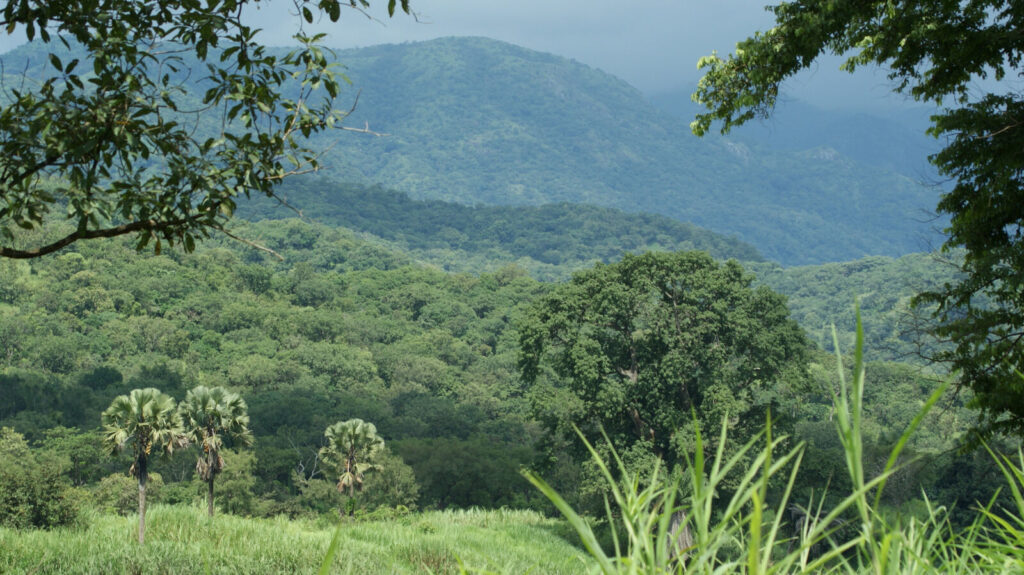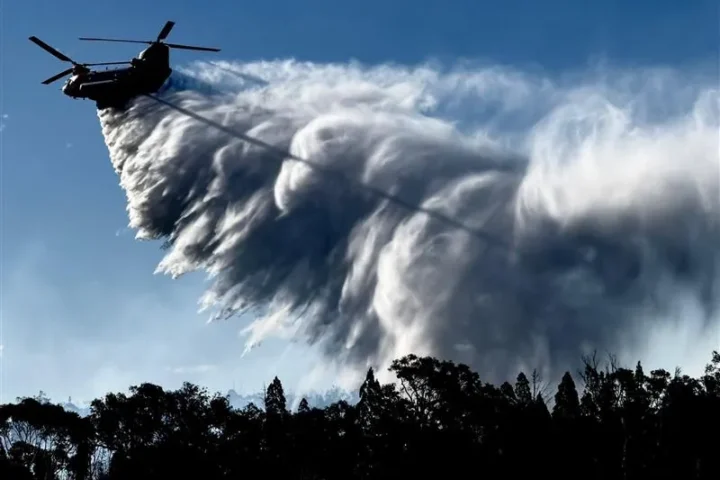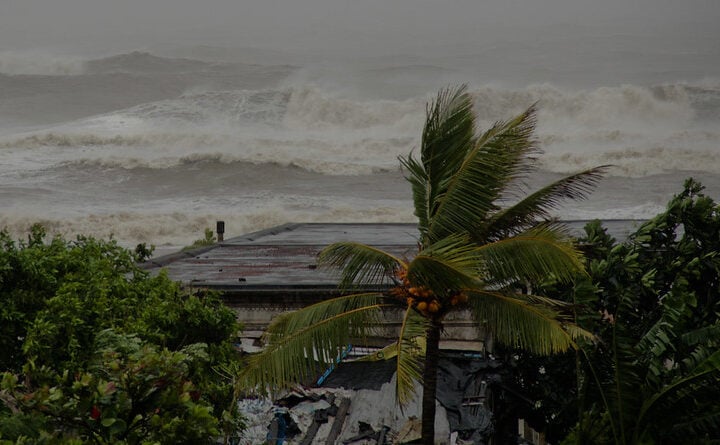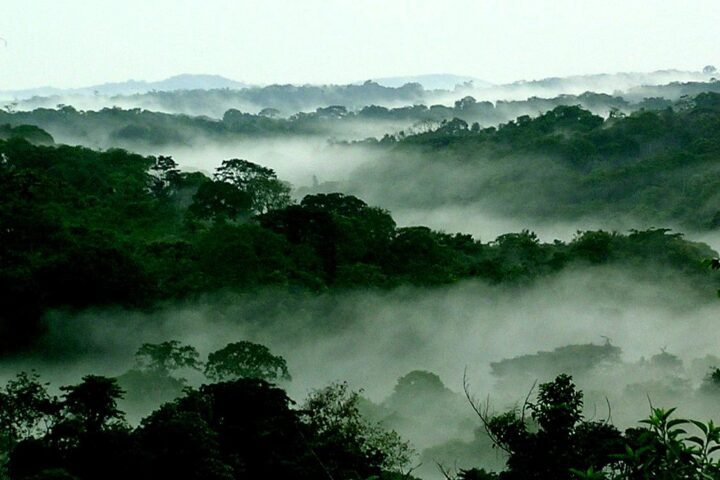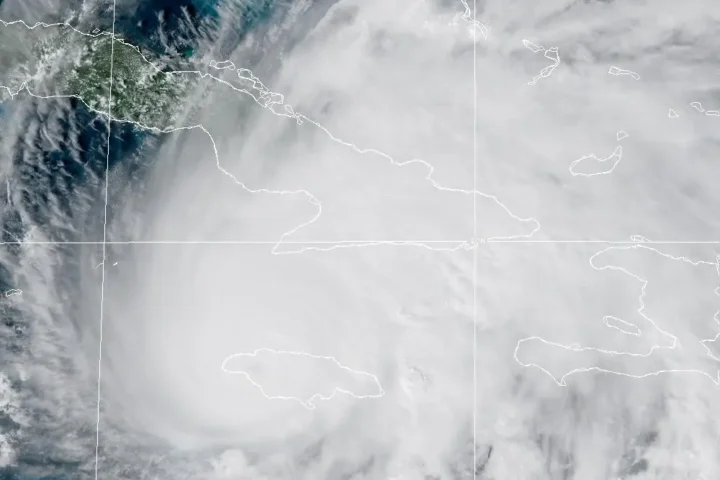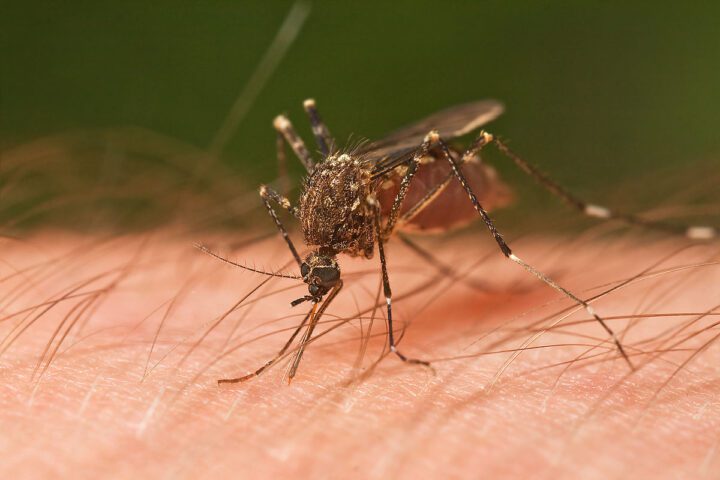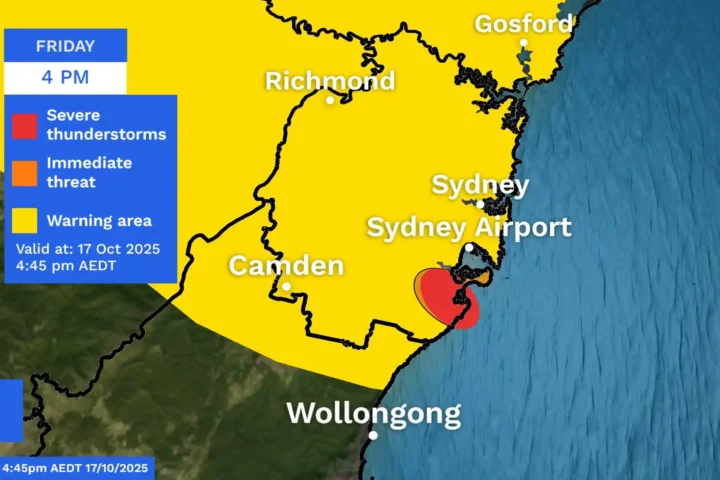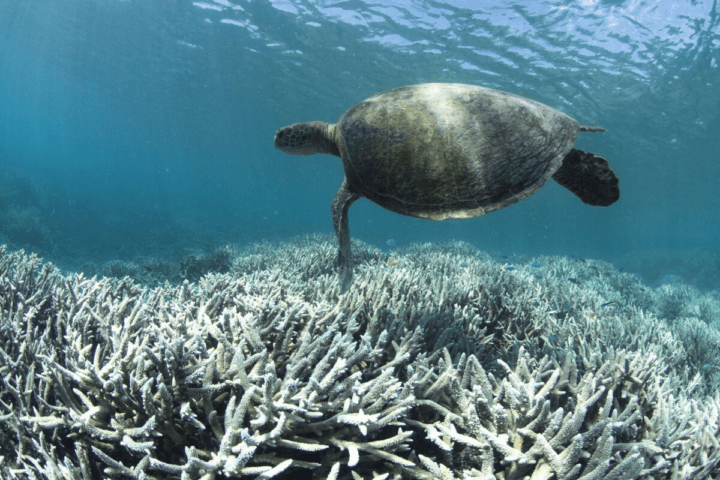The 16th UN Biodiversity Conference (COP16) opens on Monday in Cali, Colombia, marking the first international meeting since the adoption in 2022 of an unprecedented roadmap to safeguard nature. However, the implementation of the Kunming-Montreal Agreement is not progressing fast enough to halt the destruction of lands, oceans, and living species by 2030.
COP16 aims to ensure that states achieve the 23 goals of the “Global Biodiversity Framework,” mobilize the billions of dollars needed, and guarantee the rights of indigenous peoples. Among the goals humanity set for 2020—such as creating protected areas, restoring degraded soils, reducing pesticide use, and increasing funding for nature—almost none have been achieved.
To avoid repeating this failure, countries decided at COP15 (2022) to create a monitoring mechanism with common indicators to measure progress and a possible review procedure. However, the details of this mechanism, crucial for holding countries accountable, remain to be adopted, along with definitive rules for establishing an official progress report at COP17 in 2026.
As of October 2024, out of 196 countries more than 30 had fulfilled the commitment to submit a national biodiversity strategy and action plan (NBSAP) by COP16, intended to reflect their share of global efforts. Meanwhile, 91 countries have submitted “national targets,” or commitments related to some of the goals, according to the UN Convention on Biological Diversity (CBD).
The flagship goal of the “Global Framework,” which aims for at least 30% of the world’s land and seas to be under minimum legal protection by 2030, will be closely scrutinized. As of September, roughly 8.35% of the seas and 17.5% of the lands were considered protected, according to preliminary UN data from the WWF, showing little change from 2022.
As with climate COPs, the efforts of wealthy countries to finance those of the developing world will be central to the discussions. Developed countries have committed to providing $20 billion per year for biodiversity by 2025 and $30 billion by 2030. In 2022, $15.4 billion was reached, according to the OECD.
Developing countries will also revisit the creation of a dedicated autonomous fund for implementing the Global Biodiversity Framework Fund (GBFF), instead of relying on a sub-branch of the Global Environment Facility (GEF) established at COP15, which has so far received far lesser funds than required. However, wealthy nations are firmly opposed to the proliferation of multilateral funds.
The unresolved issue of “biopiracy“—the economic exploitation of biodiversity riches without sharing benefits with the communities that preserve them—remains a longstanding concern in negotiations. The Nagoya Protocol, which has been in effect since 2014, allows for remuneration for the use of plants or animals taken for medicines or cosmetics. However, these resources have largely become digitized genetic sequences (DSI), benefiting mostly wealthy economies.
Resolving this sensitive issue is a priority for many developing countries. An agreement could be reached in Cali to establish a global benefit-sharing mechanism for the use of DSI, but questions remain: which companies will contribute, and will this be voluntary or mandatory? How will the money be distributed? “If a mandatory contribution of 0.1 percent is adopted, this potentially represents a billion dollars,” notes Sébastien Treyer, executive director of IDDRI.
Similar Posts:
Indigenous peoples are well represented in the biodiversity COPs but often express disappointment with final decisions. They intend to use this opportunity, held near the Amazon, to seek recognition for their rights and ancestral knowledge after years of marginalization and forced displacements, sometimes even in the name of conservation, which some have labeled “green colonialism.”
Colombia is hosting COP16 from October 21 to November 1 in Cali, the country’s third-largest city, with a population of 2.2 million and an area of 563 square kilometers. The host city is the capital of Valle del Cauca, one of four departments rich in natural resources along the Pacific coast, surrounded by lush jungles, flowing rivers, verdant mountains, and the powerful Pacific Ocean.
Colombia is recognized as one of the most biodiverse countries in the world, with 311 types of continental and marine ecosystems per square kilometer. The Minister of the Environment and President of COP16, Susana Muhamad, emphasized that the conference aims to “It is basically about recomposing the way we live, recomposing the development model, recomposing, rethinking, rediscovering how we live together in diversity, in a system that does not permanently make nature a victim of development, but rather our own reproduction as a society reproduces life”
The United Nations Conference on Biological Diversity, considered the most important global event for conservation, occurs every two years and gathers 196 countries to discuss and decide how to protect the environment. It serves as a platform for international cooperation, investment agreements for ecosystem protection, and the strengthening of global environmental policies, guided by the Kunming-Montreal Global Biodiversity Framework adopted at COP15 in Canada.
Former Colombian Minister of the Environment Manuel Rodríguez Becerra noted that one of the main challenges is to encourage countries to make more significant progress on their action plans. “Only 20 per cent of countries have presented these national plans two years [after] COP15, where this global framework was agreed. We hope that, during COP16 in Cali, many countries will present their national plans or will be very ready. There is still a fallacy that we must recognize and that is why it is so important that progress is made in the monitoring system to follow through on achieving the goals that have been set,” he stated.
“Regarding financing, we must begin to address the current resource deficit, which stands at $200 billion compared to the $700 billion needed,” the expert added. Minister Muhamad echoed these sentiments, noting that “We are working so that this COP16 on biodiversity will be the moment to put the need to protect nature for climate change very high on the political agenda. It is a critical issue because today there is a lot of talk about energy transition, about how we are going to decarbonize the economy, but it is equally important to recover nature.”
UN Secretary-General António Guterres urged nations gathered at COP16 to “make peace with nature” and develop a plan to halt habitat loss, save endangered species, and preserve our planet’s precious ecosystems. He stressed, “The framework is grounded in a clear truth—humanity cannot survive without flourishing nature. It promises to reset our relationship with Earth and its ecosystems.” He added, “But we are not on track. Your task at this COP is to convert words into action.”
To avoid an uncertain future, countries must “honor promises on finance and accelerate support to developing countries,” Guterres concluded. “Those profiting from nature must contribute to its protection and restoration,” he stated.
Around 12,000 delegates from nearly 200 countries, including a dozen heads of state and 140 ministers, are expected at COP16, which will run until November 1. Under the theme “Peace with Nature,” the summit has the urgent task of devising monitoring and financing mechanisms to ensure the fulfillment of the UN’s goals.
However, security challenges loom, as the Central General Staff (EMC), the largest splinter faction of the defunct FARC guerrilla, is at war with the government and intends to disrupt the summit. The armed group has advised delegates to refrain from attending, asserting that the meeting “will fail.” Colombia is grappling with a six-decade internal conflict that has left more than nine million victims.
To address these security concerns, 12,500 Colombian police and soldiers, supported by UN and US security personnel, have been deployed. Delegates face a significant challenge, as there are only five years left to meet the goal of protecting 30% of land and marine areas by 2030. According to the International Union for Conservation of Nature (IUCN), which maintains a Red List of threatened animals and plants, over a quarter of the species evaluated are endangered.
Colombia’s President Gustavo Petro has made environmental protection a central focus of his administration. He urged countries during his opening speech to generate “Those who think that by creating a “free market” they can control the causes of the extinction of life on the planet are deluded.”
Colombia also hosts numerous indigenous peoples, many of whom have been victims of armed violence. The government intends to ensure their significant participation in the discussions.
